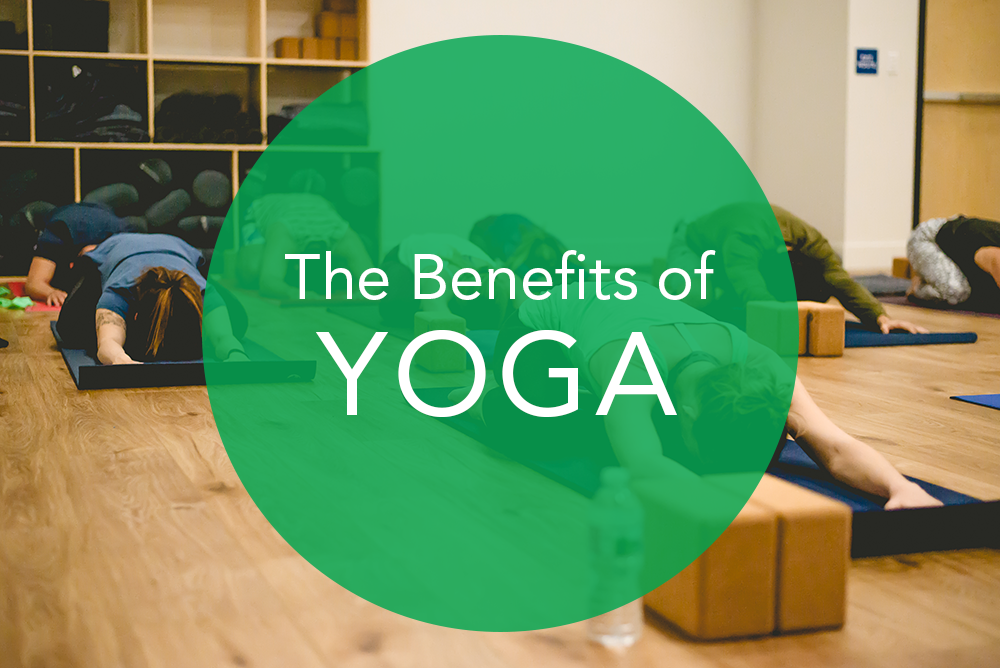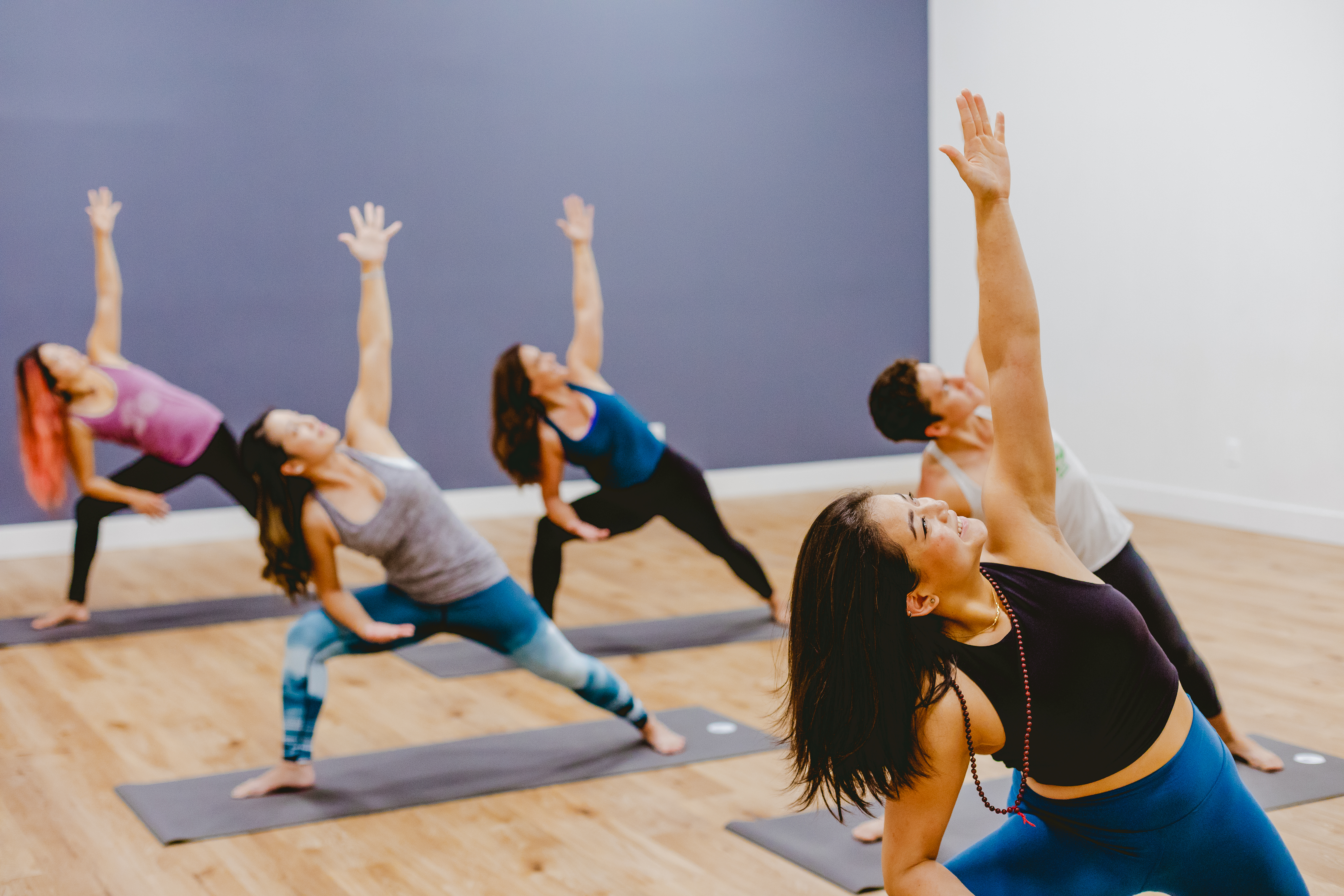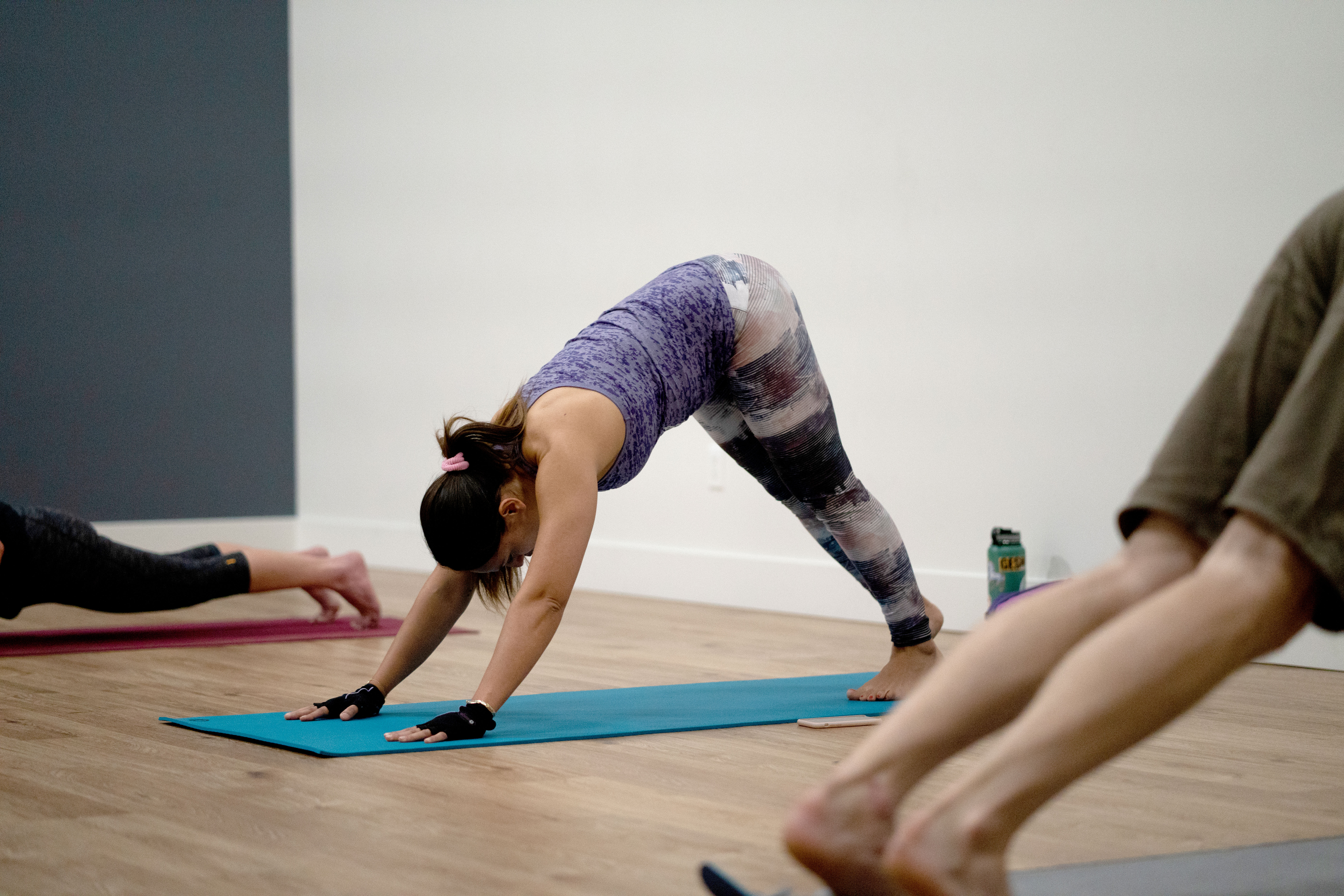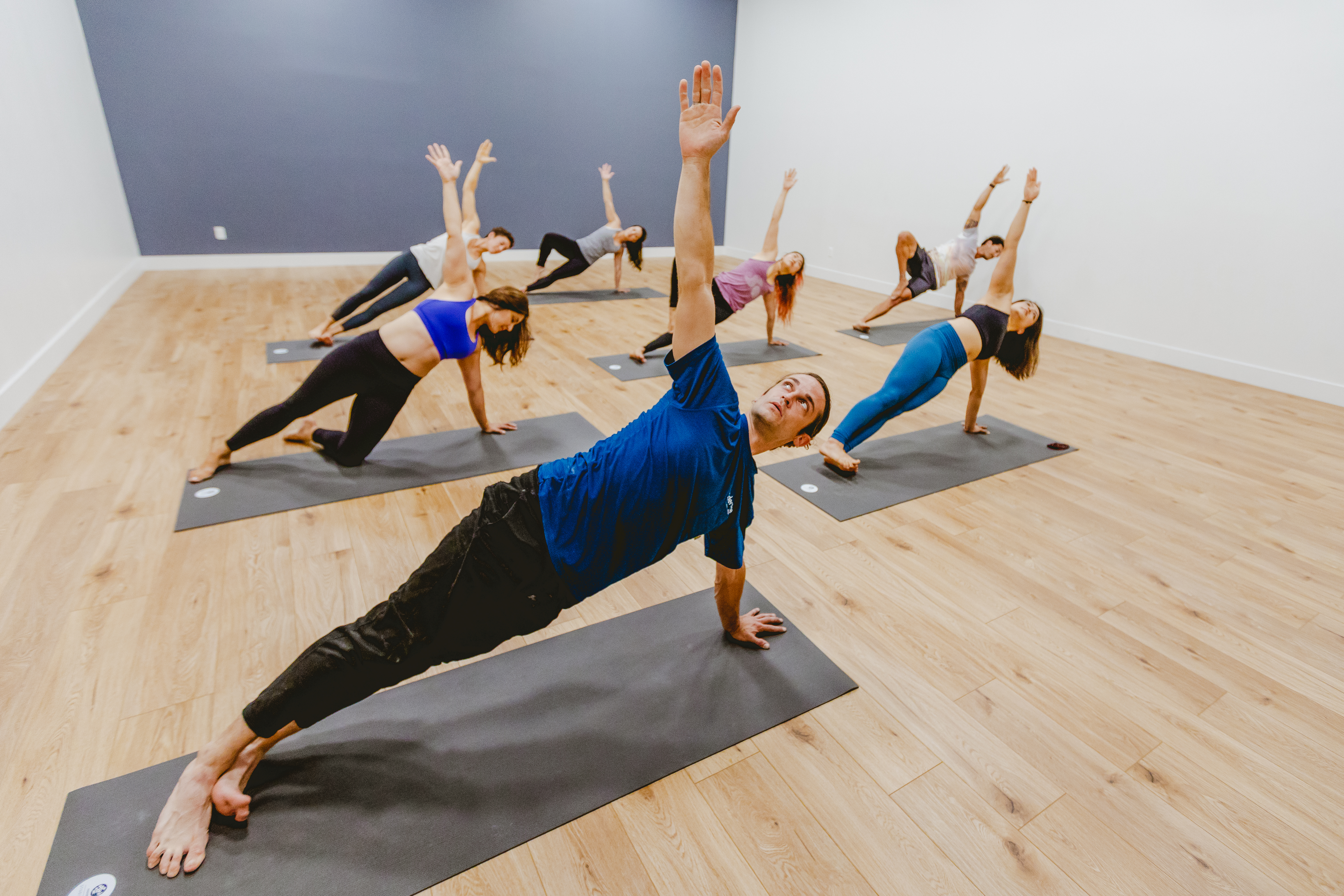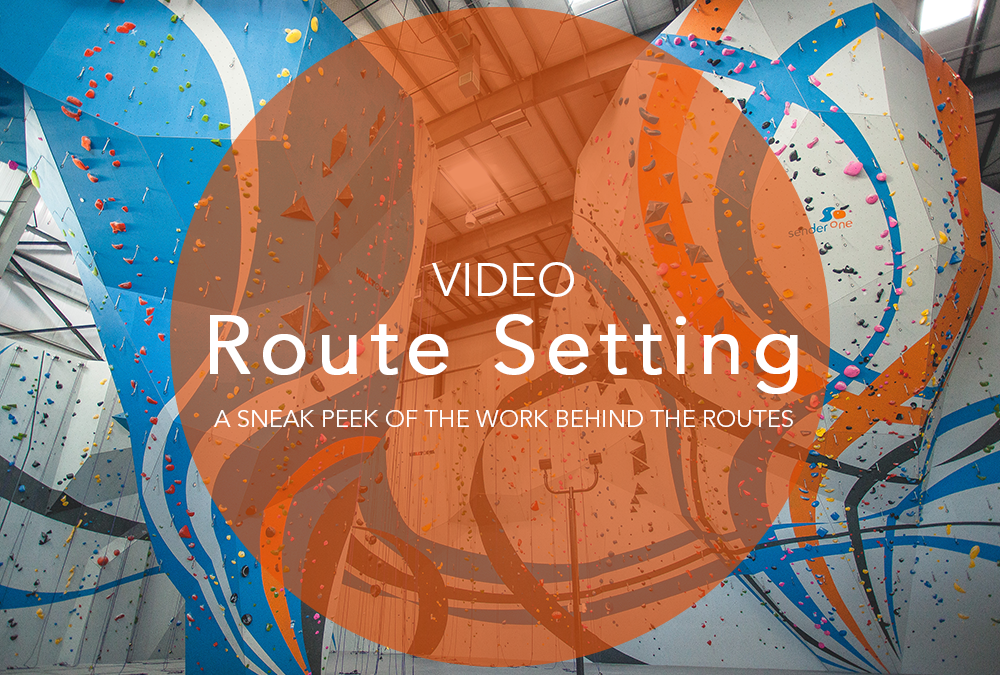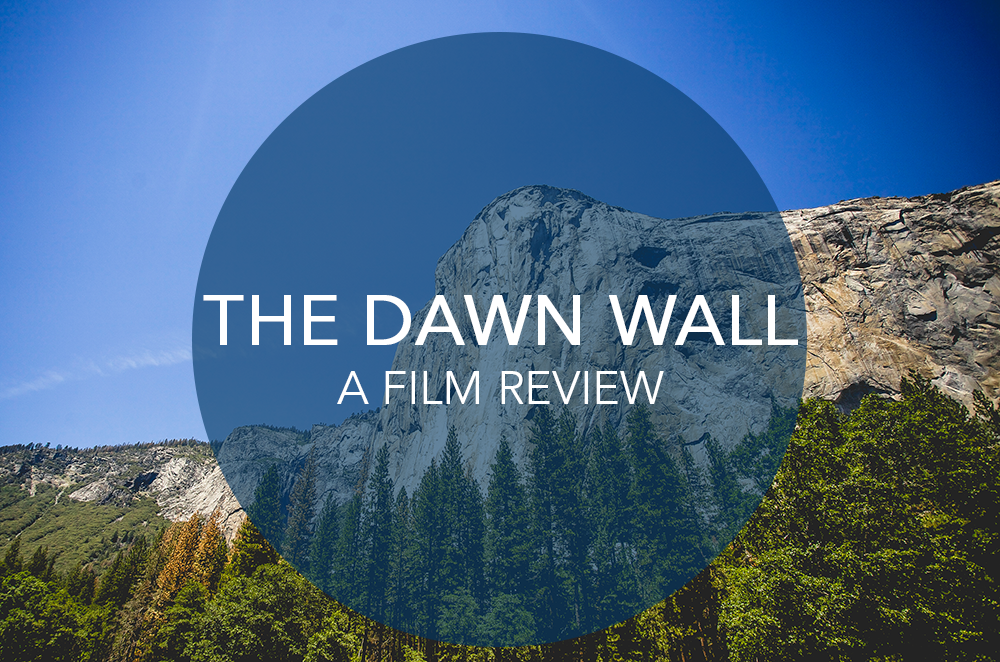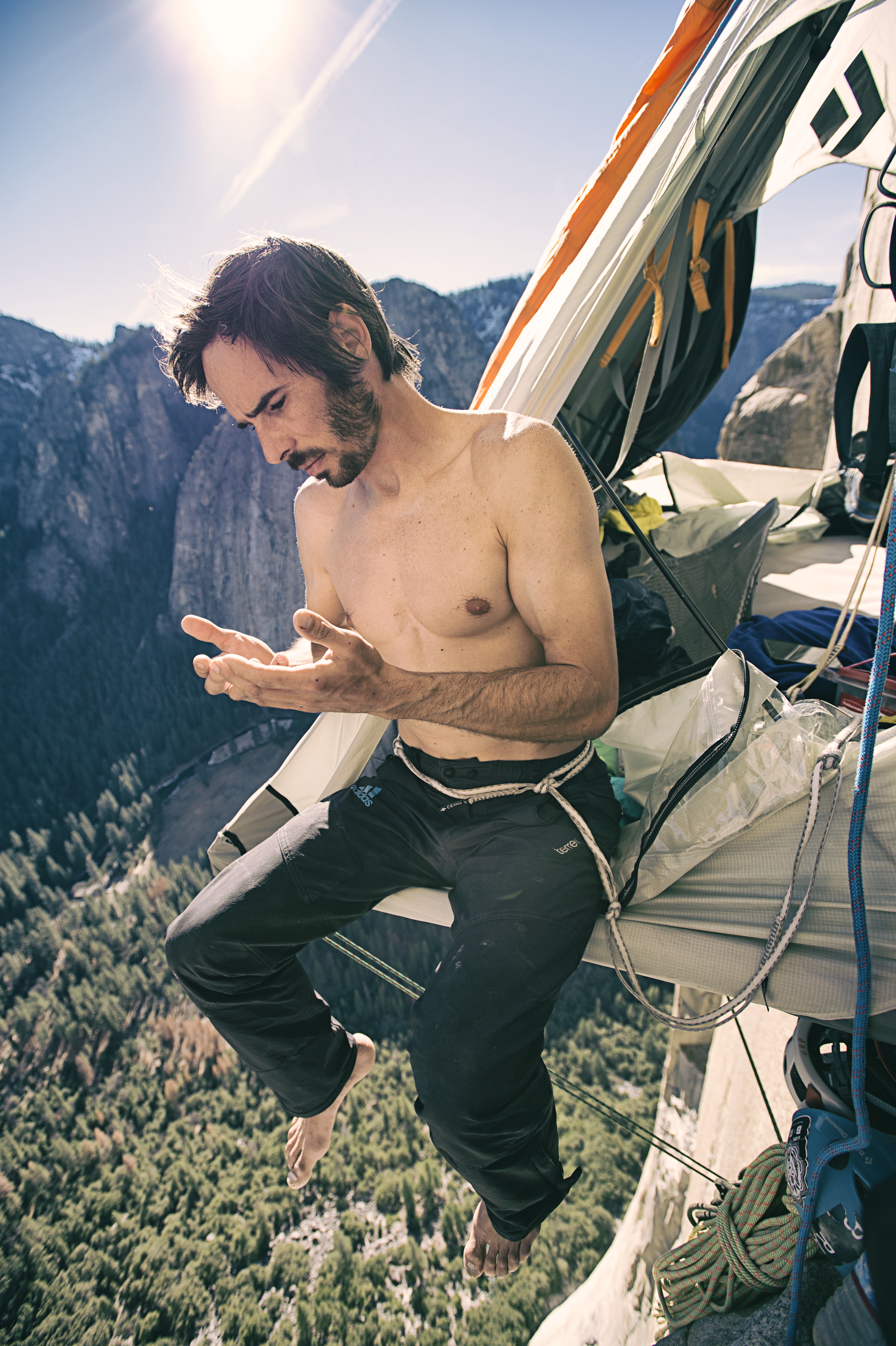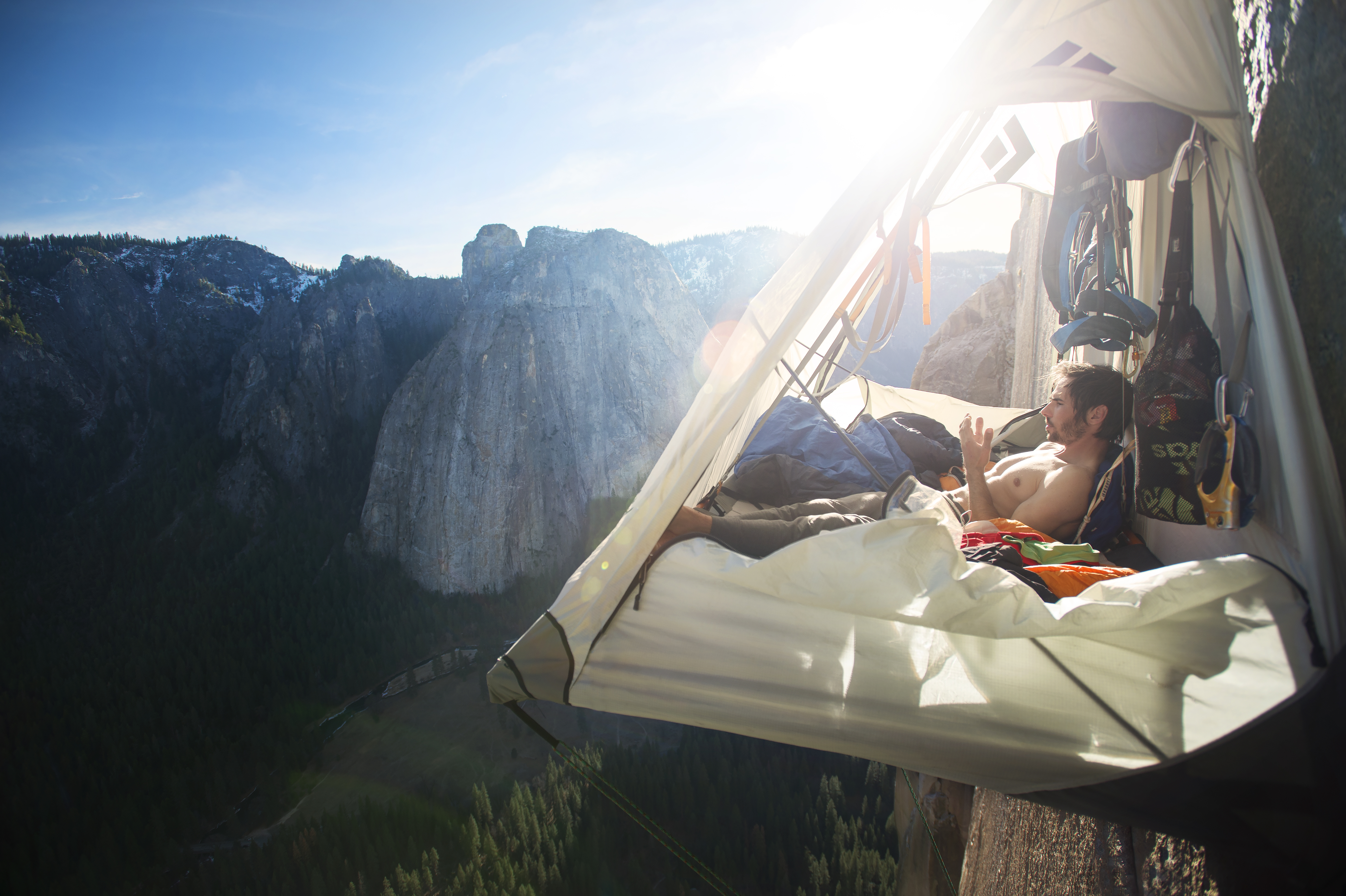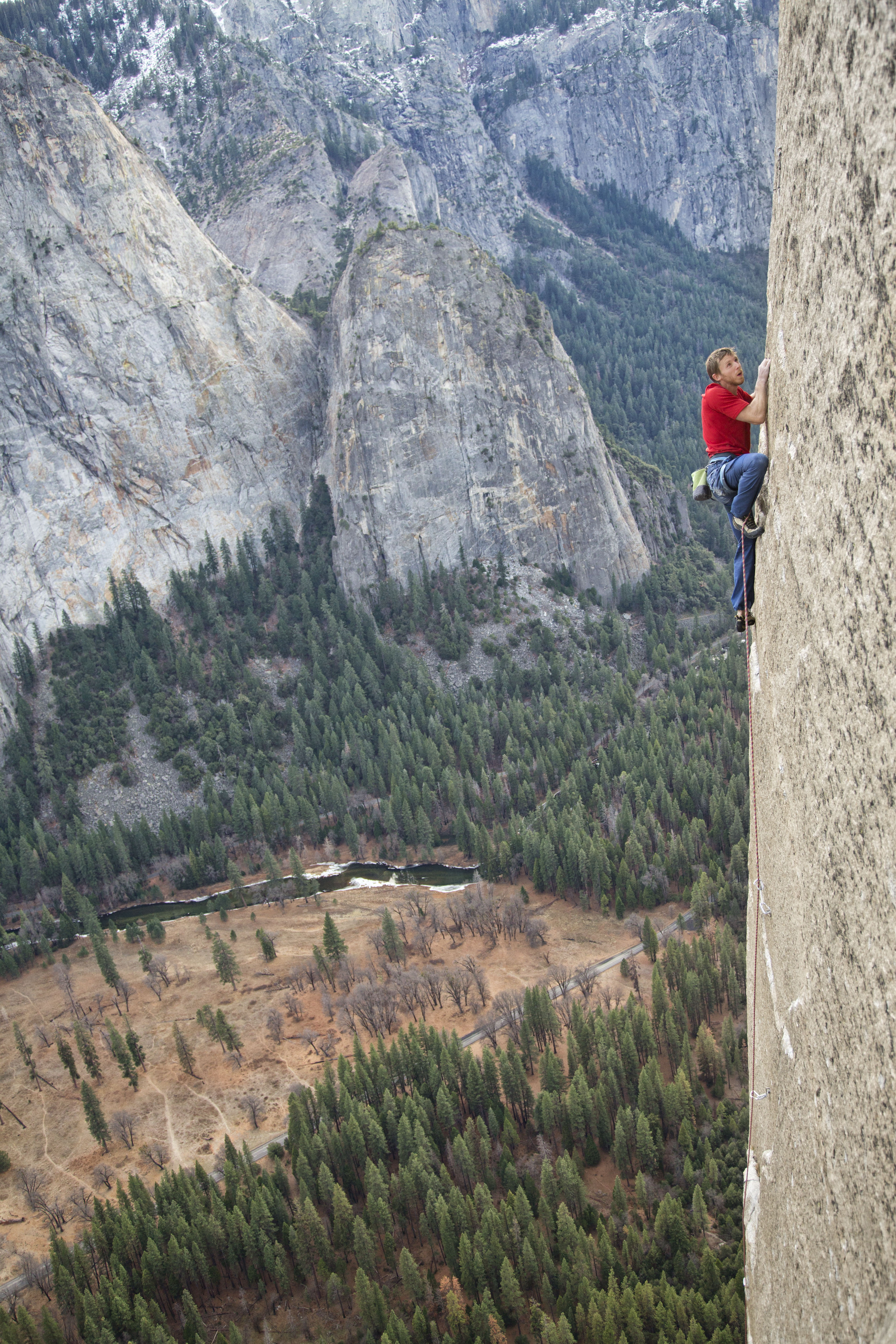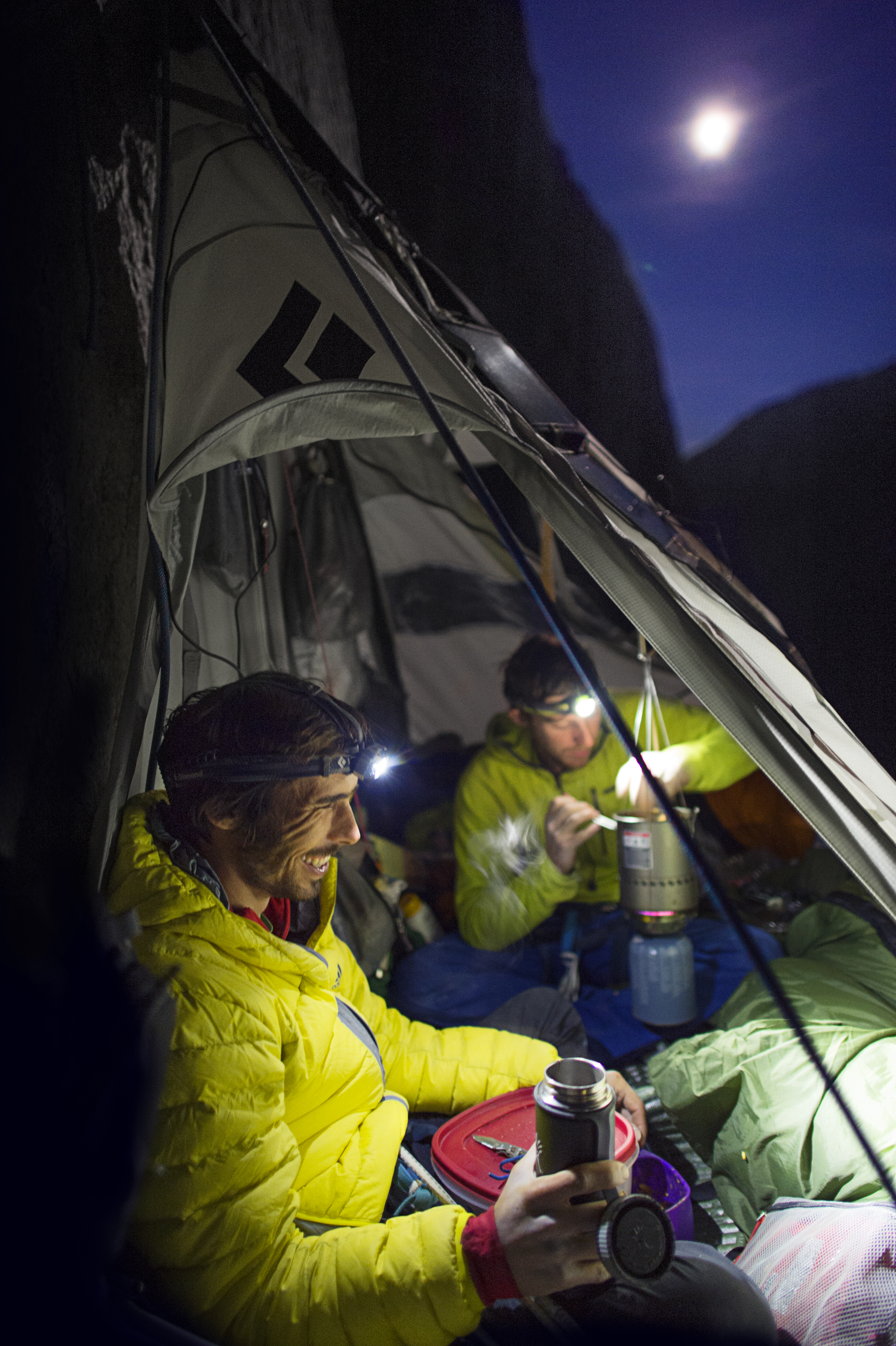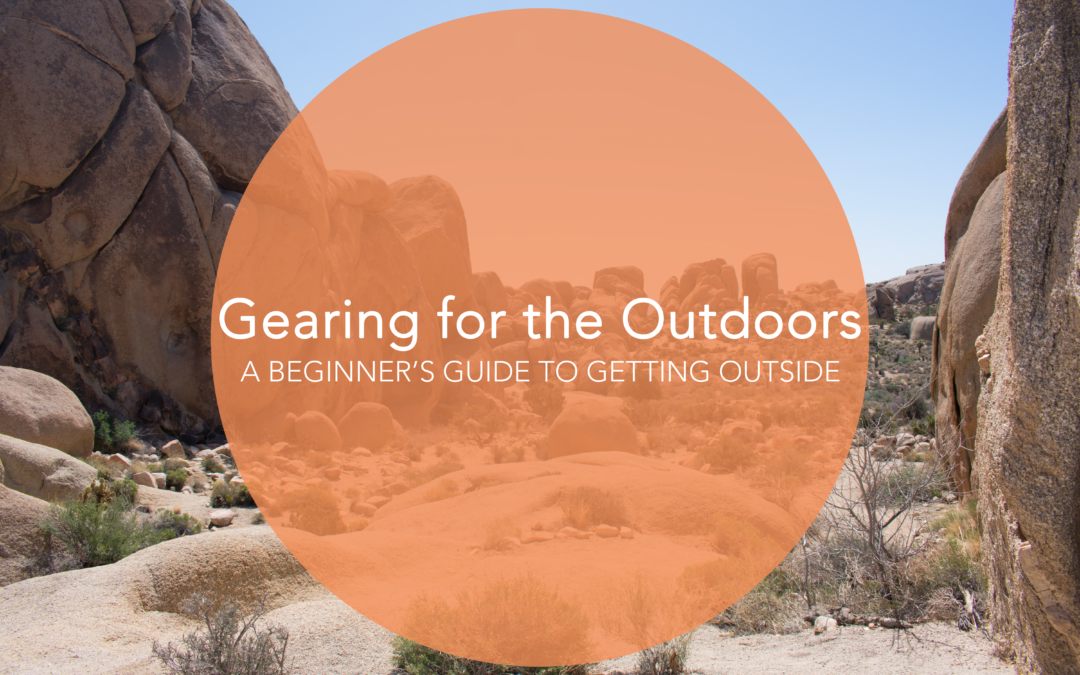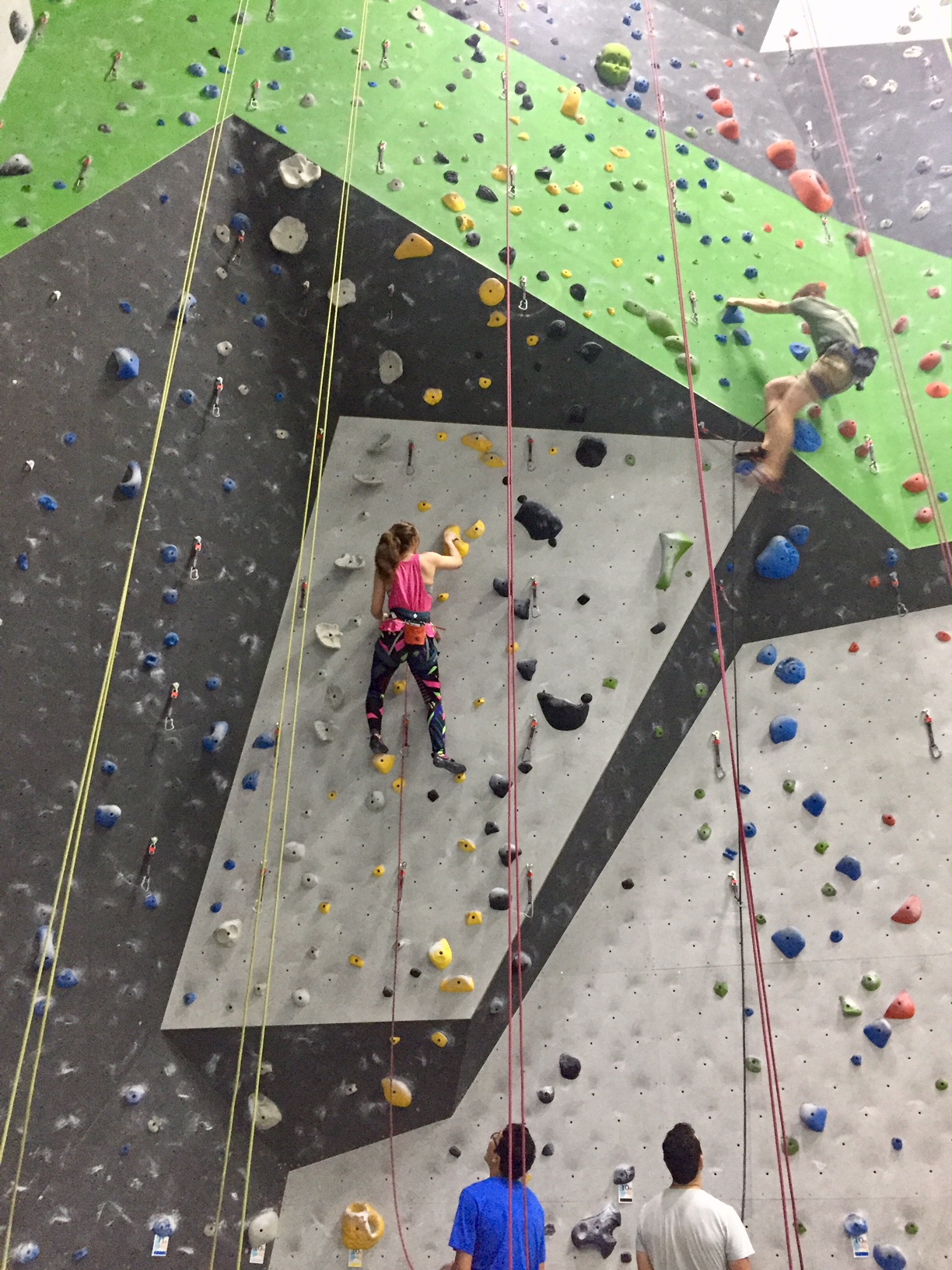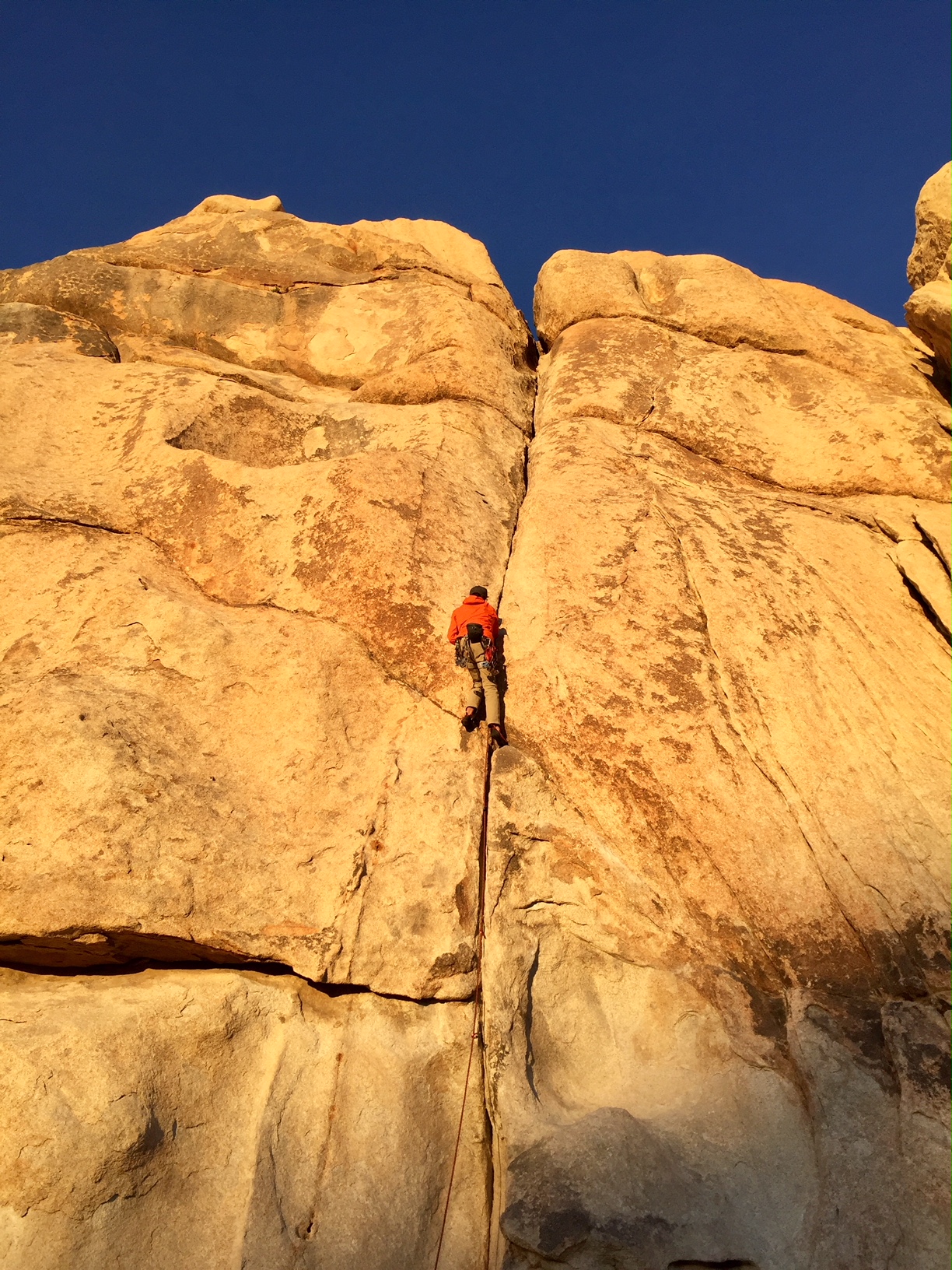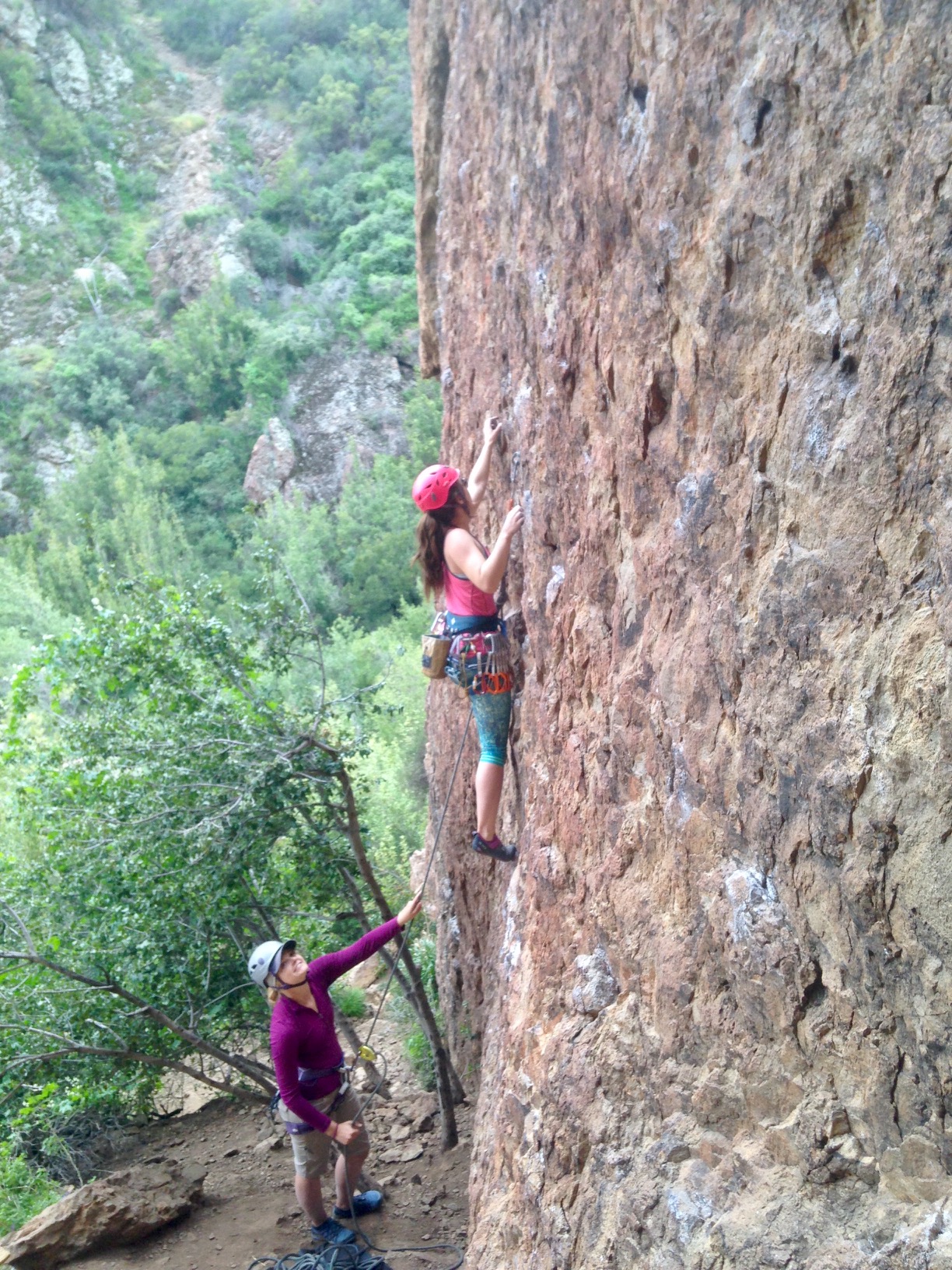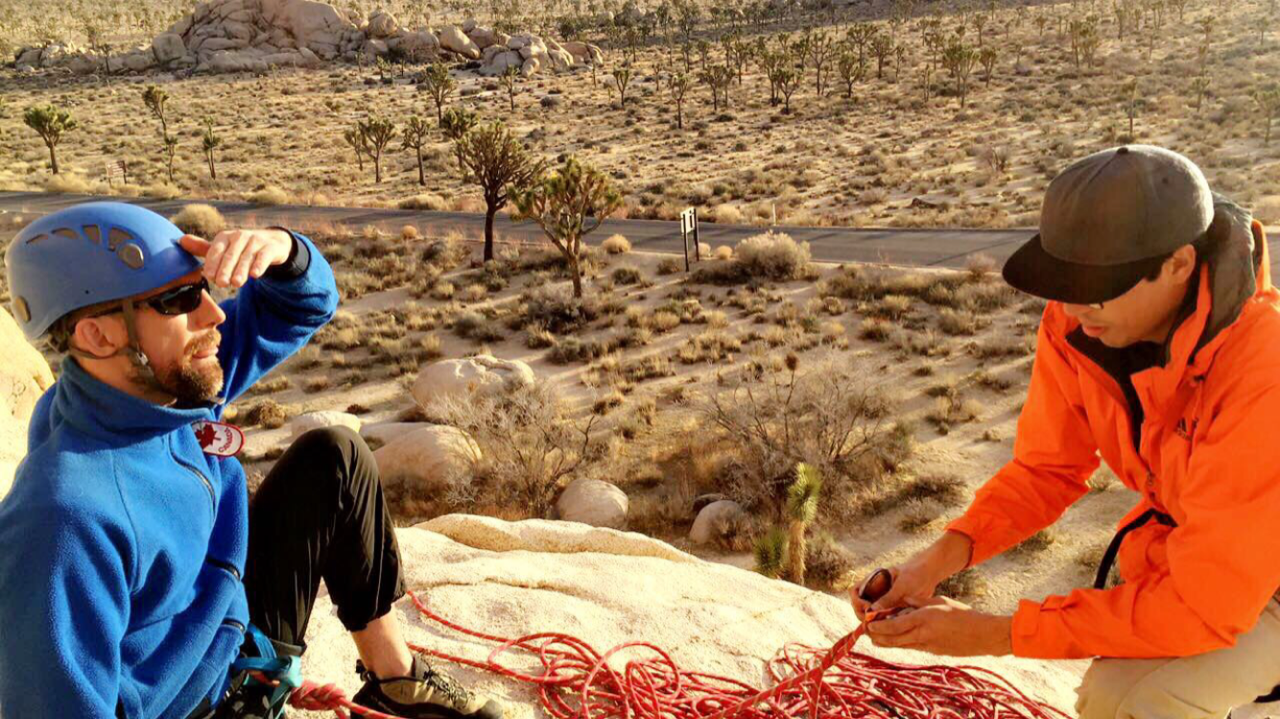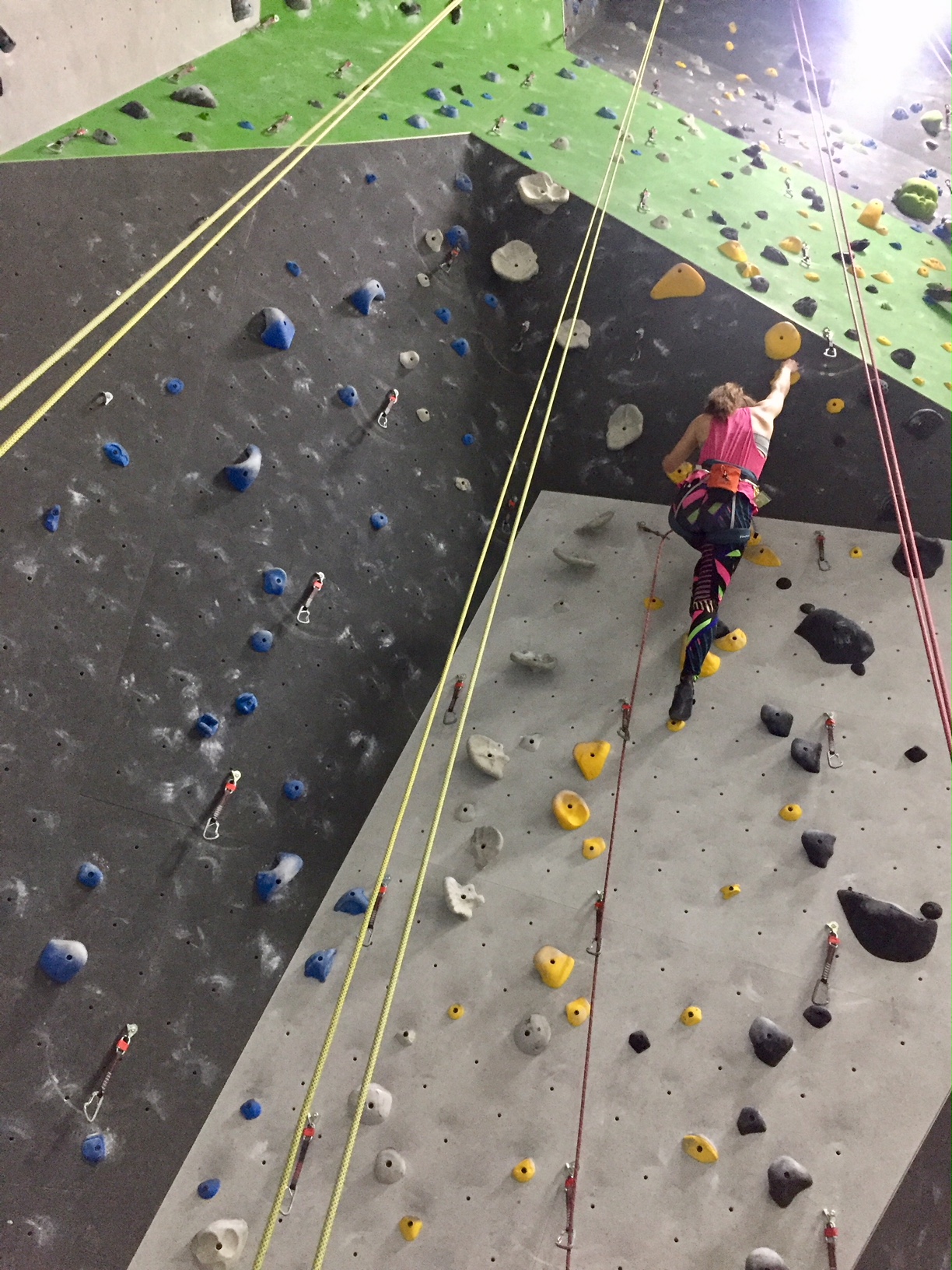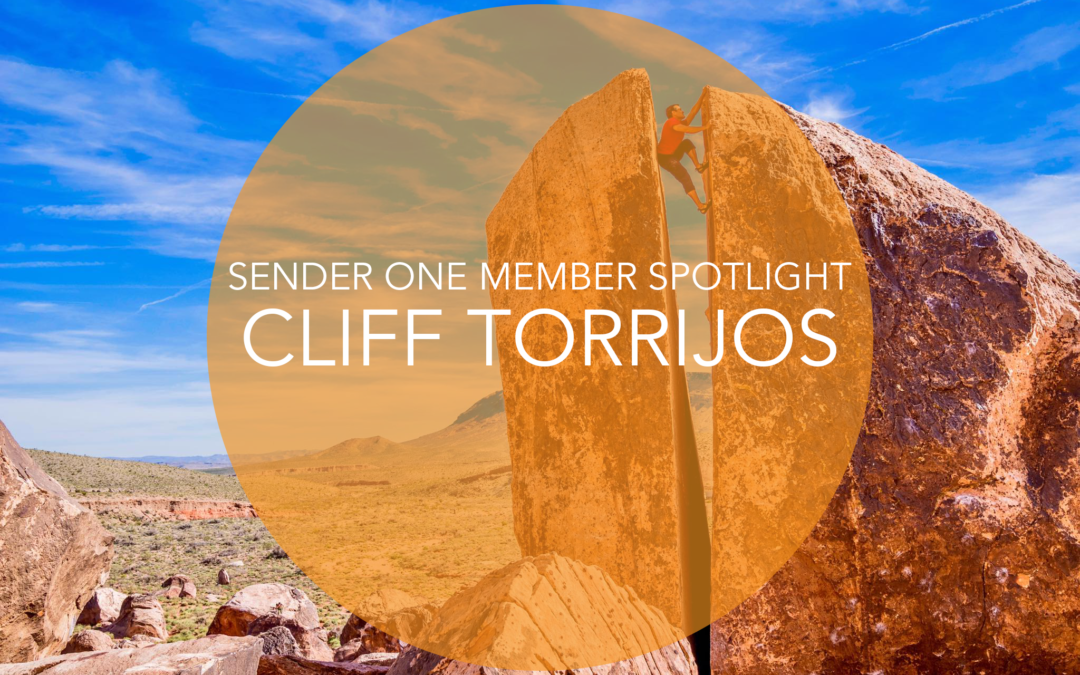
Sender One Member Spotlight: Cliff Torrijos
the contentInterview By: Brianne Schaer (@brianneschaer)
Images from Cliff Torrijos (@eatsleepclimbthings)
If you climb at Sender One LAX, you may have seen Cliff Torrijos crushing his training while with his five-year-old son, Bishop isn’t too far away. Cliff climbs at the gym as often as possible, and has hit crags near and far to chip away at his tick list. Anyone lucky enough to meet Cliff will immediately notice the love of climbing that he possesses, as well as his drive to improve his skill and ability to mentor younger climbers.
Cliff has been climbing at Sender One LAX since the gym opened in 2017. He maintains an active presence on the community Facebook page and has forged lasting relationships with his fellow members both in the gym and outside, all while balancing ongoing commitments like a full-time job and raising his son. Cliff took some time to share some insights into what has worked to improve his climbing and his sources of inspiration.
Read the interview below:
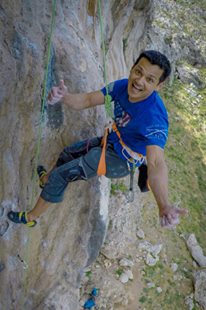
Hanging out and having fun!
When did you start Rock Climbing? How did you get your start?
I first started climbing about 11 years ago, but I took a three-year break and just got back into it at the beginning of last year. I was always interested in the sport and decided to finally take an intro class at a gym while living in the DC area. A few months later I moved to Beijing, China and took vacations all around Asia where climbing was just as important as sightseeing.
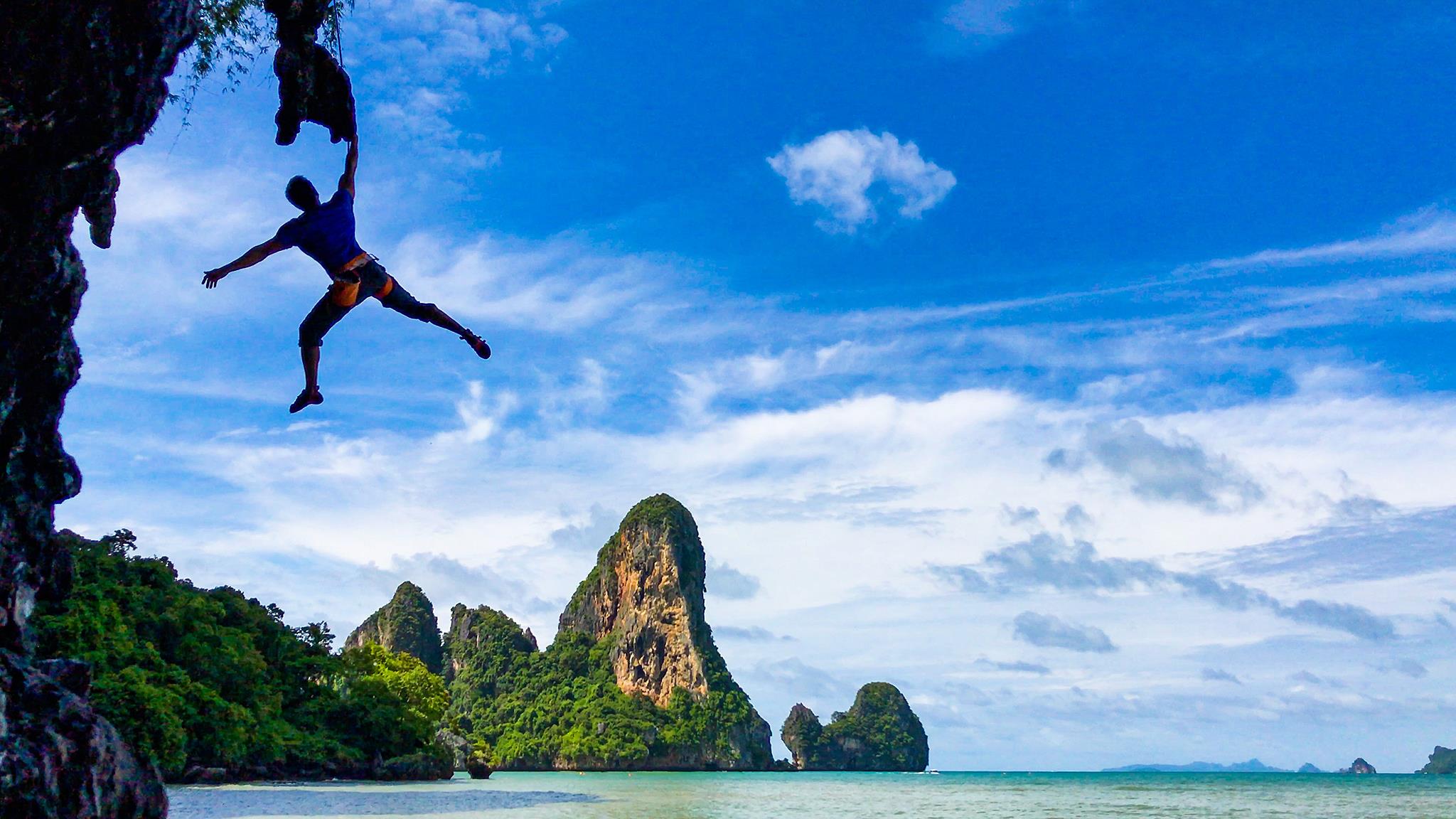
Cliff climbing in Tonsai.
How long have you been climbing at Sender One? What do you like most about the gym?
I moved back to California early last year – only a few weeks before Sender One LAX opened to the public. So it’s been almost a year and a half now! The length of the climbs is the biggest draw for me. I almost exclusively sport climb so it's the best in the area for my training.
What advice do you have for someone who is just starting to climb and would like to improve?
My best advice is to simply climb as much as possible. In the early stages of becoming a climber, learning and refining technique is the best way to improve. Try to get in a lot of "mileage" by climbing at least three times per week. Get outside and experience different types of rock. Work on your flexibility. Don't worry about getting "stronger" in the early stages – strength will increase over time as your muscles and tendons adapt to the unique stresses of climbing. Just focus on having fun and learning the balance and movement!
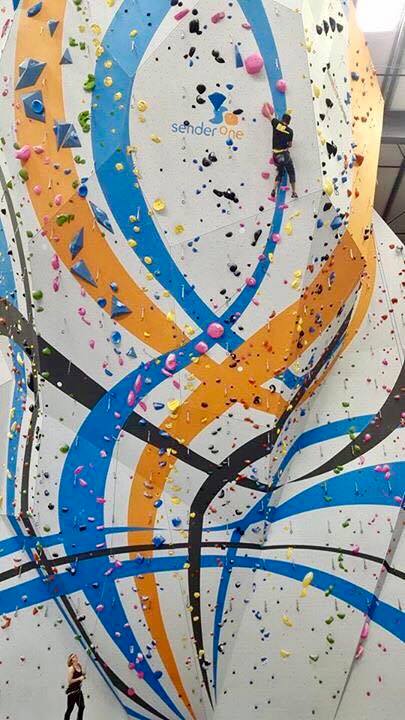
Cliff climbing the torch at Sender One LAX.
What are some of your favorite climbing destinations? What makes them special?
Despite picking up climbing somewhat late in life, I've been extremely lucky to have been able to travel and climb to many exotic locations, including Thailand, Spain, China and Mexico. I really got into climbing while living in China, so I traveled all throughout Southeast Asia to climb. In my first three years as a climber, I was able to experience climbing in China, Taiwan, Hong Kong, Thailand, Vietnam, Laos and Malaysia.
One of my favorite climbing destinations is Tonsai in Thailand. I've spent more than five months there in my life, including 60 days just in 2017! The people, the food, the beaches, and the climbing are all incredible. I just love the steep and 3-dimensional limestone there. It's something that simply doesn't exist here in the U.S. The vibe there is extremely laid back so it's easy to meet people. There are climbs right on the beach where people end up congregating in the evening so there's always plenty of opportunities to meet climbing partners.
Another favorite climbing destination is Kalymnos. I visited the Greek island in April for the first time and it was amazing. The climbing is similar to Tonsai: steep and 3-dimensional but without the heat and humidity. I'm definitely trying to go back there ASAP.
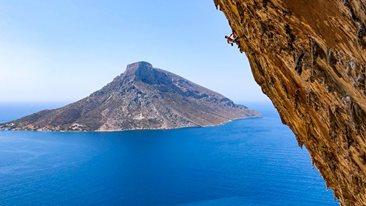
Cliff climbing in Kalymnos.
Please share some of your climbing goals for 2018. What are your strategies for accomplishing them?
My high-level climbing goals for 2018 are to redpoint one 13b and two 5.13a's. A few months ago, I ticked one 13a at Echo Cliffs and was feeling good about reaching the goal. But then I sustained a few injuries that have kept me from working my other projects. I'm trying to do some light climbing while I recover and then my plan will be to focus on hangboarding. Finger strength is one of my weaknesses so I need to address that aspect of my climbing in order to progress.
Describe your training plan. Do you have any favorite workouts (both climbing and non-climbing)? Any food/snacks that you always have with you at the crag or in the gym? What about any pre-climbing rituals?
I recently transitioned from climbing two days on/one day off to climbing two days a week in the gym, 1-2 days outside, and three days of core/cardio.
I switch up my workouts often but the ever-present theme for me is to try hard. That means climbing things that challenge me. If I'm not projecting, I'm looking for climbs that push me to try hard – where there's a chance I might come off toward the top.
I eat a pretty standard diet when I'm climbing inside, but outside I tend to stick to Clif Bloks, granola bars, cashews, and Gatorade. I don't like eating anything heavy during the middle of the day but I realize I need to keep feeding my body to perform at my peak.
Pre-climb, I work on visualization techniques and those have been extremely helpful. I also try to have a routine right before I pull onto the rock where I allow my mind and body to be silent for a moment before I tell myself some encouraging words and smile. I've found this puts me into a relaxed state of mind, which I found is key when climbing at my limit.
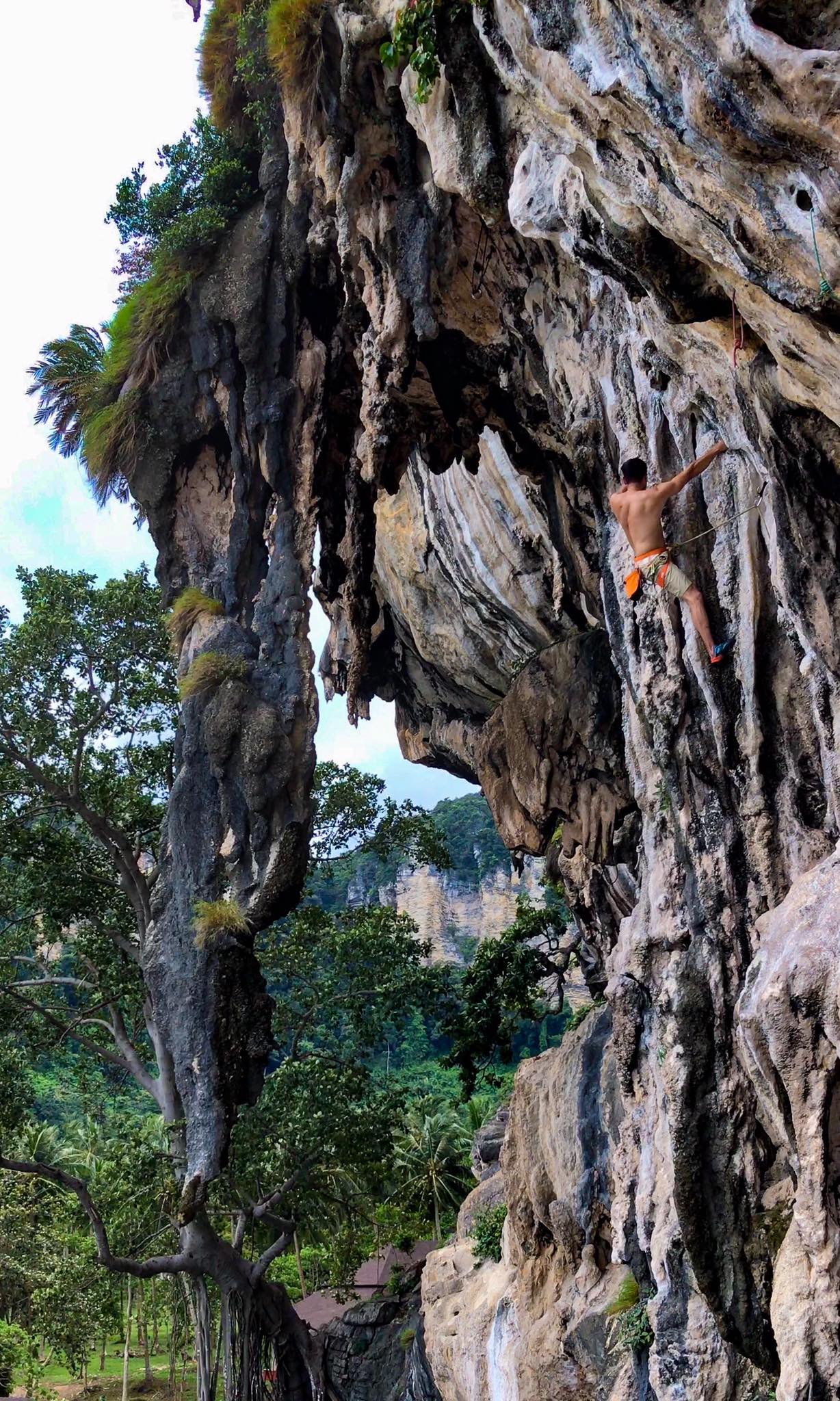
Cliff climbing in Tonsai.
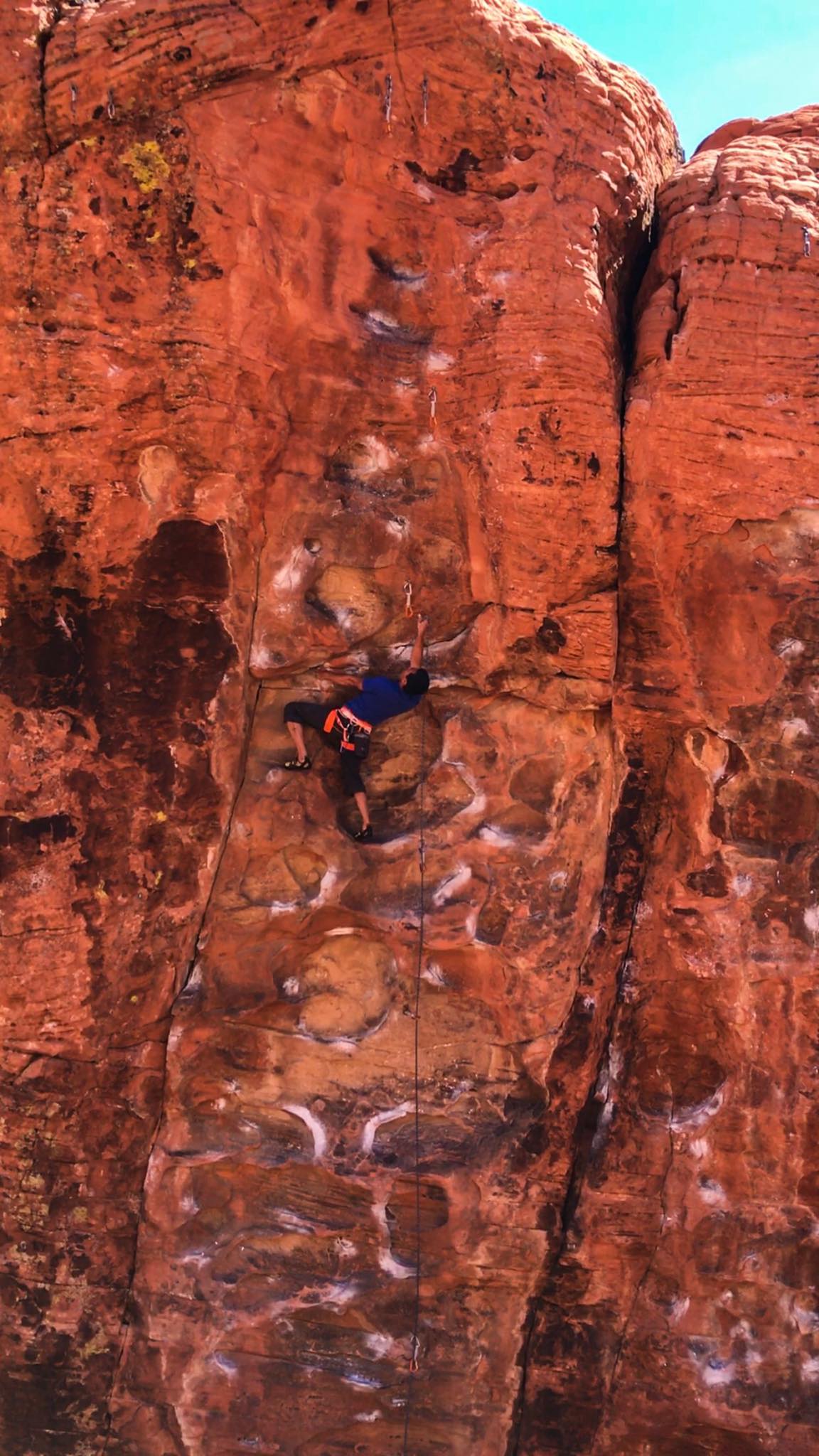
Cliff climbing in Red Rock.
Who are some of your climbing role models? Where do you look for inspiration?
I don't really have climbing role models but I'm definitely inspired by Chris Sharma and Tommy Caldwell. Like me, they're both fathers who still get out and climb as much as they can. They have a bit more freedom to go climb than I do, but it's so inspiring to see other "old guys" still getting after it and climbing hard.
Have you had any obstacles during your climbing career?
I hate to call him an "obstacle" but my 5-year old son Bishop definitely presents unique challenges to reaching my climbing goals. Since I have primary custody of him, it means he accompanies me on almost all my climbing trips. It also means that I have to modify my training schedule so it meshes with his. Approaches can take twice as long and just bringing him out to the crag means that I arrive more fatigued than normal. But overall, he's a really laid back kid and doesn't require too much attention. I'm also extremely lucky to have found partners who are cool with having him tag along. I just try to keep everything in perspective and view it as just another challenge I need to overcome.
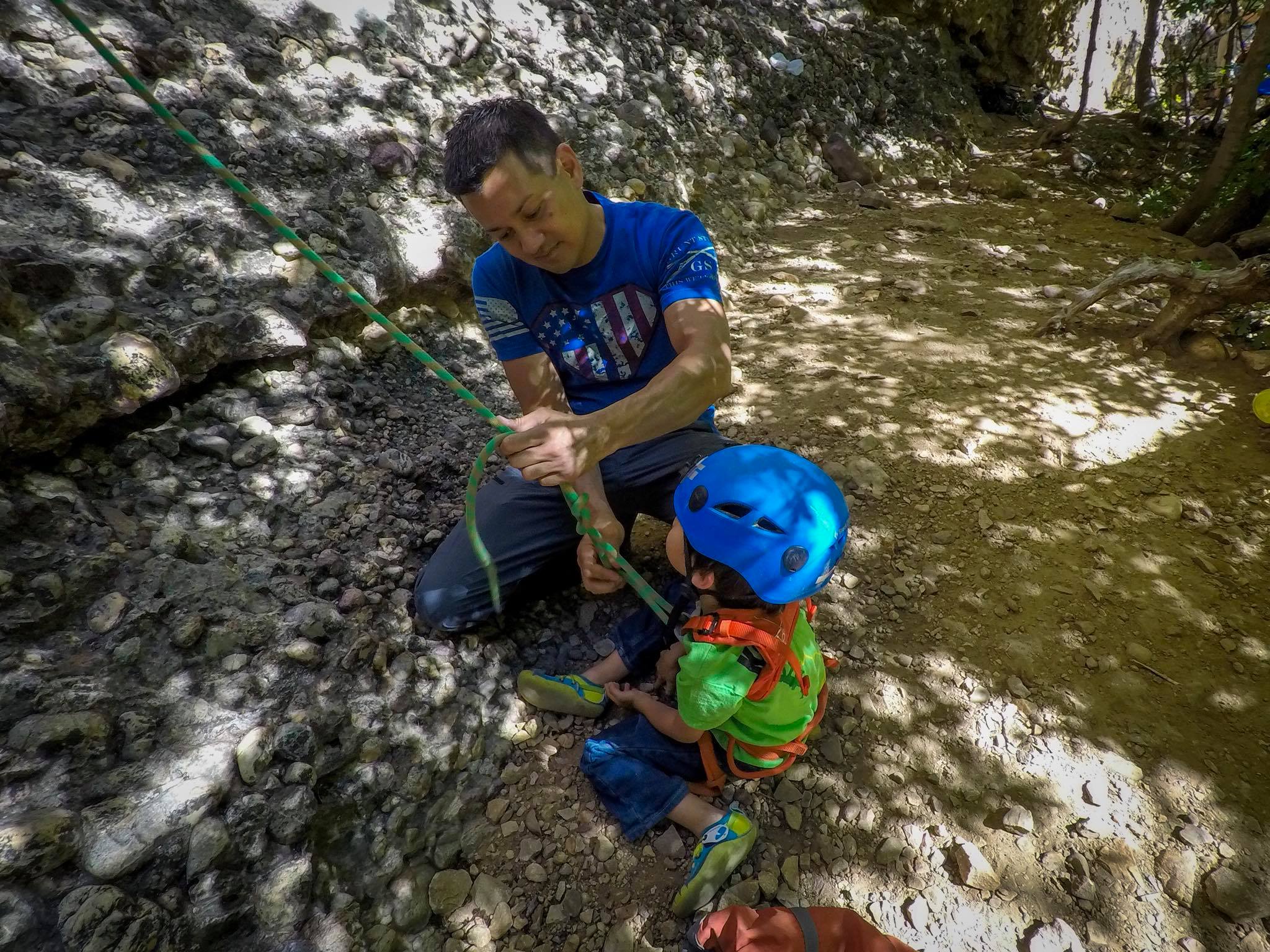
Bishop getting tied in to climb.
Yes, Bishop! Please tell me a little about Bishop and his climbing goals/achievements.
It's just Bishop and me for the vast majority of the year so it's out of necessity that he comes with me everywhere. He comes to the gym with me 2-3 evenings per week and he comes outside with me 1-2 days on the weekend. I don't force him to climb but kids love to mimic their parents so he does love to climb. Like me, he loves to challenge himself. He's just turned 5 last month and currently climbs V0, 5.9 inside, gets up 5.8 outside, and finishes the Sender City speed wall in 49 seconds.
You recently had a climbing birthday challenge at Red Rocks. Please tell me about the challenge, how you got the idea, some of the climbs on your tick-list, and other highlights.
I turned the big 4-0 so I wanted to do something fun and challenging with my friends. I decided to attempt doing 40 Mountain Project stars of classic climbs in a day. All of the routes had to be 5.11a or harder and they needed to be climbed free and on lead. I picked 12 climbs in Red Rocks including two 5.12a's (Steep Thrills and Gimme Back My Bullets) and two 5.11d's (Sunny & Steep and Sweet Pain). In the waning light, with my muscles beginning to cramp, I managed to successfully complete the challenge without taking a single fall. It was one of the most rewarding things I've done in my climbing "career.”
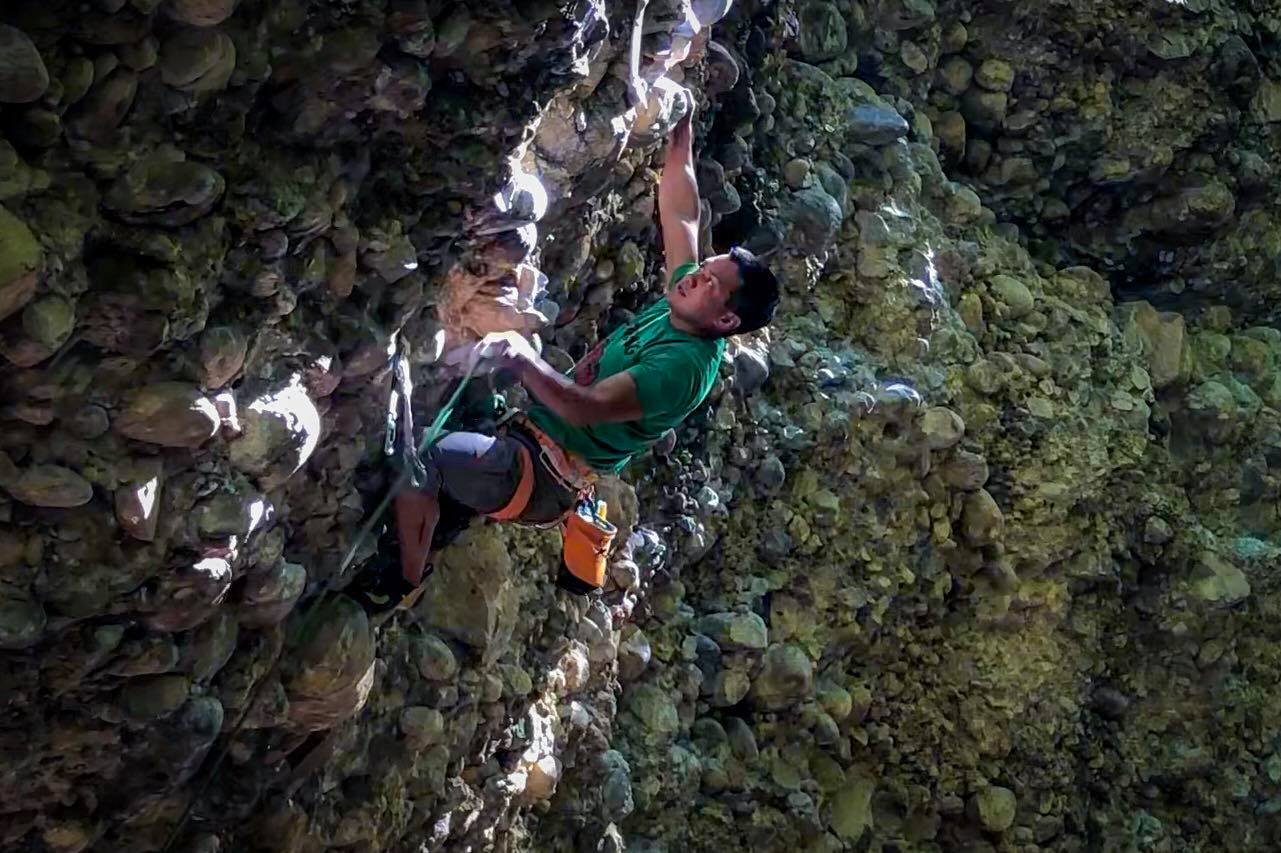
Cliff climbing in Maple Canyon, UT.
When you're not climbing, what can you be found doing? Any other hobbies or activities?
Since I got back into it last year, climbing has been kind of obsession. Between working, climbing, and Bishop, I really don't have much free time. However, I do try to fit in some time for a few of my other lifelong passions including volleyball (beach and indoor), snowboarding, and upgrading/modifying my Audi.
Is there anything else you'd like to share? Any big picture ideas that haven't been covered in this interview?
I think rock climbing is an amazing sport. After the physical and mental challenge that climbing presents, one of the other things I love are all the places climbing can take you. So if you're primarily a gym climber, go outside and check out all your local crags. If you're already an outside climber, go travel! Whether it be domestically or internationally, go visit the climbing meccas for your respective style. If possible, take a friend or three and make some memories!

